Kings Canyon National Park is located just east of the central point in California. It sits adjacent to Sequoia National Park in the Sierra Nevada mountains. The park covers an area of 721 square miles (1,869 sq km).
Although its neighboring park is renowned for the largest tree in the world, Kings Canyon is home to the second-largest tree known as the General Grant Tree. The area features significant groves of the giant sequoias.
The national park also offers one of the most expansive landscapes with rapid rivers, mountainous backdrops, wildflower blanketed meadows, and of course canyons.
The park is named after Kings Canyon which is carved out of the meandering Kings River. Like the magnificent sequoias, the canyon is also shared by both national parks. The larger Sequoia-Kings Canyon Wilderness encompasses 768,000 acres (311,000 ha).
There are over 1,200 species of vegetation with the majestic forests serving notice as king of the domain. Fir, ponderosa pine, sugar pine, cedar, mountain hemlock, and of course the sequoias, are just some of the towering trees of the forests. Grant Grove is one of the best places to experience their exquisite nature and the second largest tree in the world.
Along with Kings Canyon, the park is renowned for the steep, rugged, and sometimes vertical reliefs across this part of the Sierra Nevada mountains. There are several summits topping out over 14,000 feet (4,300 m). Much of the park has to be experienced by permits and backcountry hiking.
Adventurous hikers can experience views and vistas of the astounding mountain range by trekking some of the passes in the park. Each of these passes is over 11,000 feet (3,400) providing a birds-eye view of the neighboring summits, gorges, and valleys. These passes include:
- Bishop Pass
- Kearsarge Pass
- Sawmill Pass
- Taboose Pass
In addition to the giant sequoias, Kings Canyon, and majestic mountain landscapes, the park is home to wildlife such as black bear, mule deer, lynx, and mountain lion. There are numerous birds as well to serve the birdwatching crowd.
Photos
Things to See
Kings Canyon National Park Trails
Kings Canyon has miles and miles of endless trails. Much of the park requires hiking through the backcountry and the adventure is worth the exploration if you truly want to understand the striking nature of the park.
Sources
- All Trails, Best trails in Kings Canyon National Park, https://www.alltrails.com/parks/us/california/kings-canyon-national-park, retrieved June 2020.
- American Southwest, Kings Canyon National Park, https://www.americansouthwest.net/california/kings_canyon/national_park.html, retrieved June 2020.
- Britannica, Kings Canyon National Park, https://www.britannica.com/place/Kings-Canyon-National-Park, retrieved June 2020.
- California Dream Big, Spotlight: Sequoia & Kings Canyon National Parks, https://www.visitcalifornia.com/destination/spotlight-sequoia-kings-canyon-national-parks, retrieved June 2020.
- National Geographic, Complete National Parks of the United States, National Geographic Publishing, Washington DC.
- National Geographic, Guide to the National Parks of the United States, National Geographic Society, 2003.
- National Geographic, National Parks of North America, Canada-United States-Mexico, National Geographic Society, 1995.
- National Park Service, Sequoia & Kings Canyon, https://www.nps.gov/seki/index.htm, retrieved June 2020.
- Recreation, Sequoia & Kings Canyon National Parks, https://www.recreation.gov/camping/gateways/2931, retrieved June 2020.
- Sequoia & Kings Canyon, Kings Canyon National Park, https://www.visitsequoia.com/explore/kings-canyon-national-park, retrieved June 2020.
- State Parks, Kings Canyon National Park, https://www.stateparks.com/kings_canyon_national_park_in_california.html, retrieved June 2020.
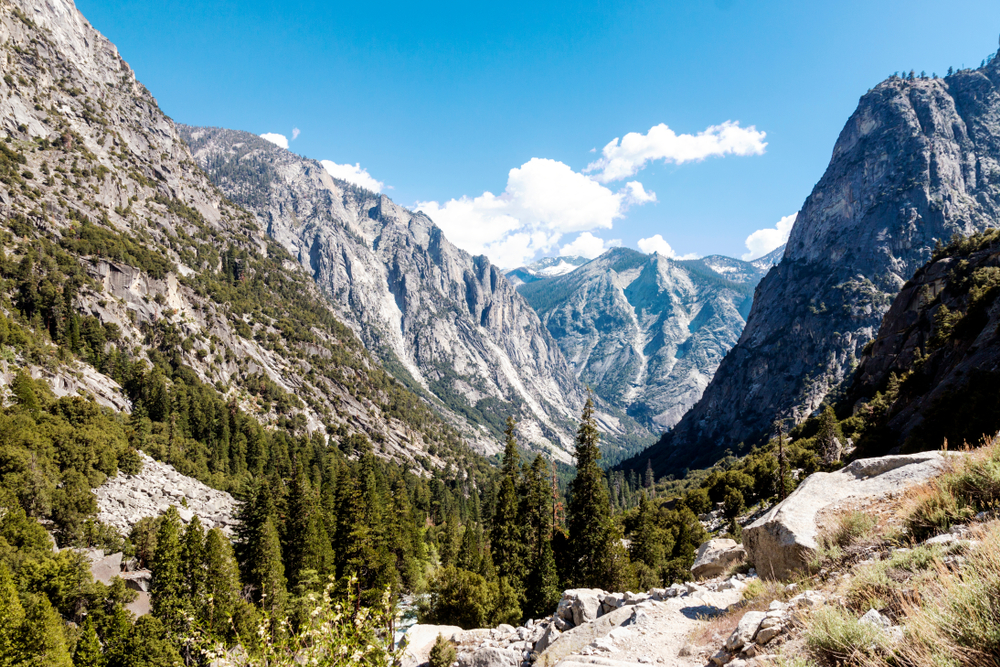


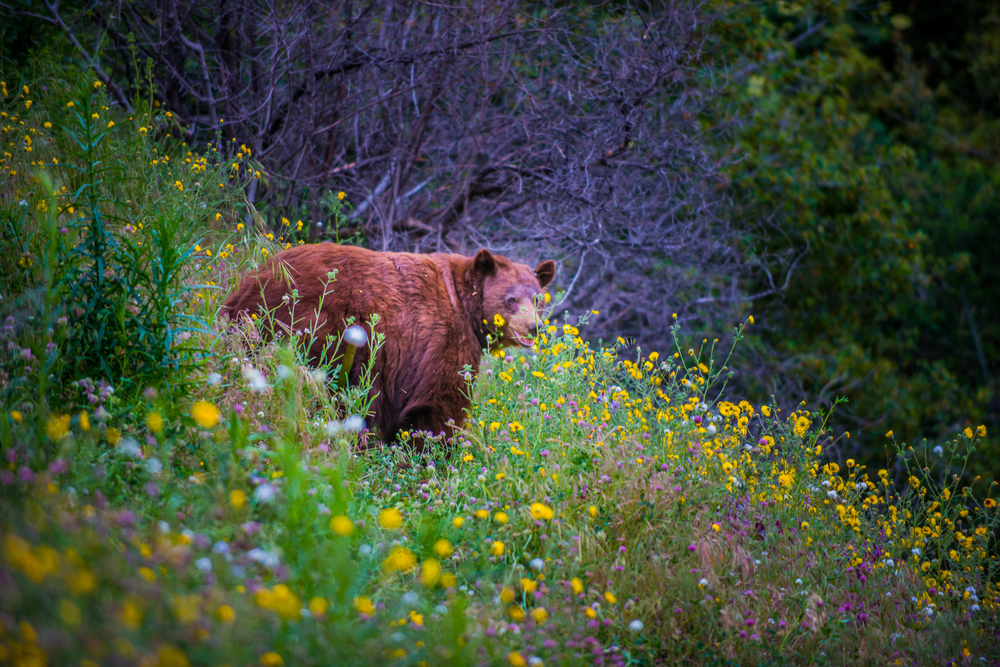
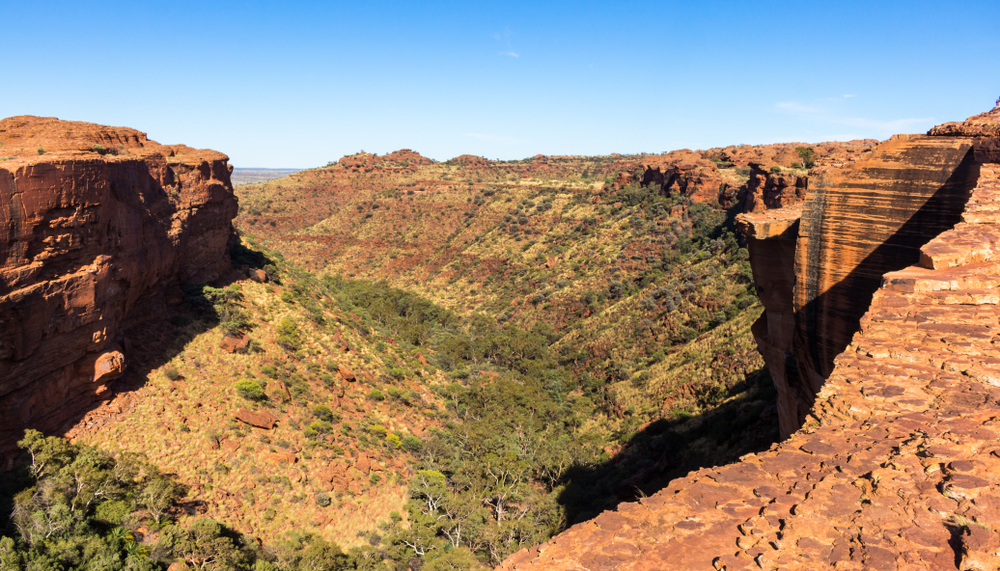
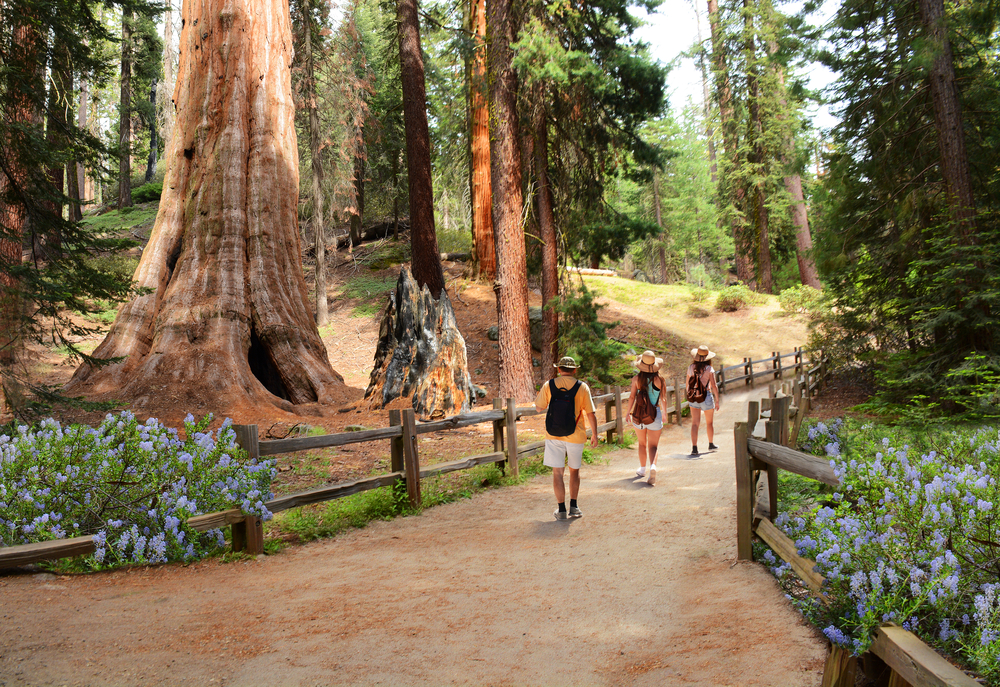
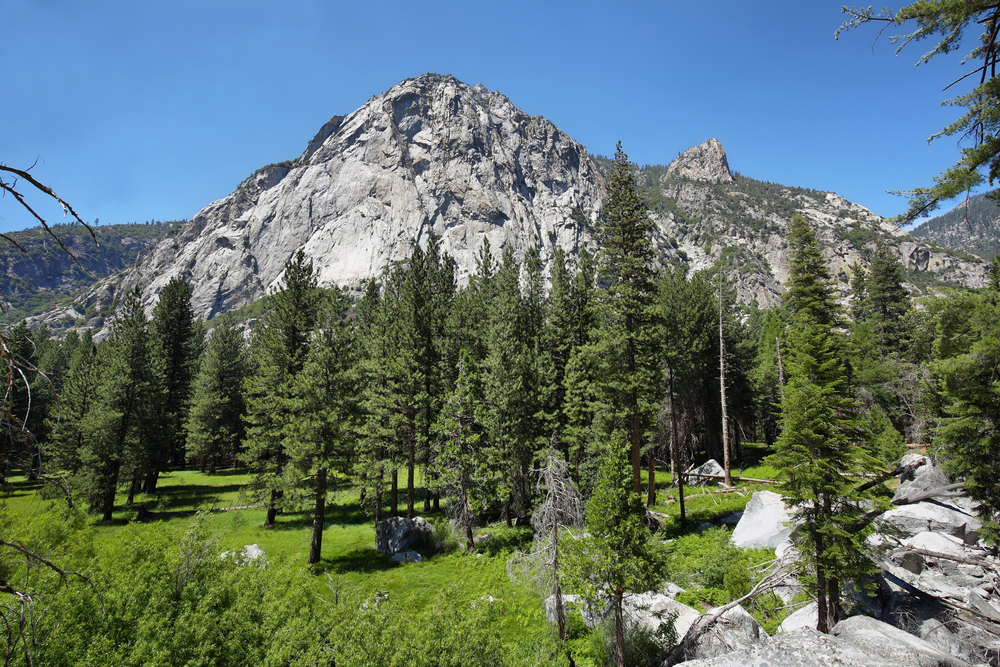
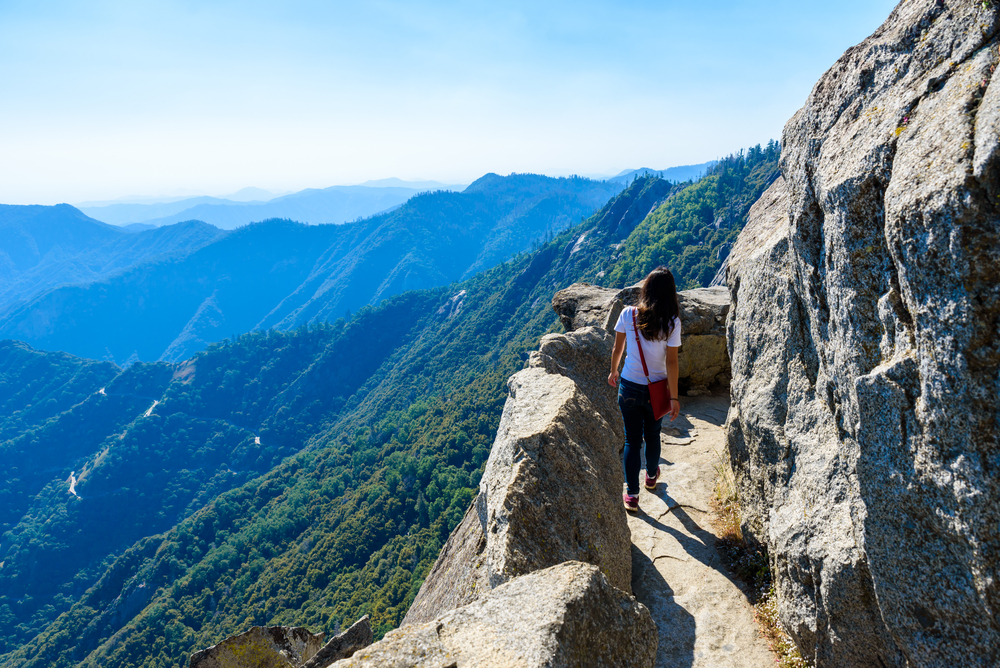
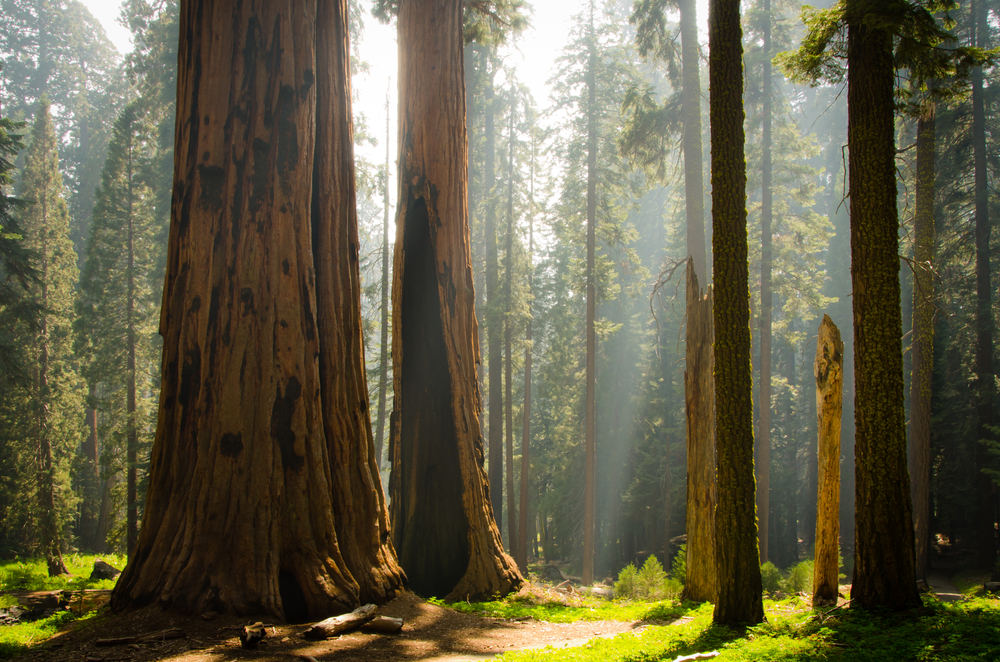
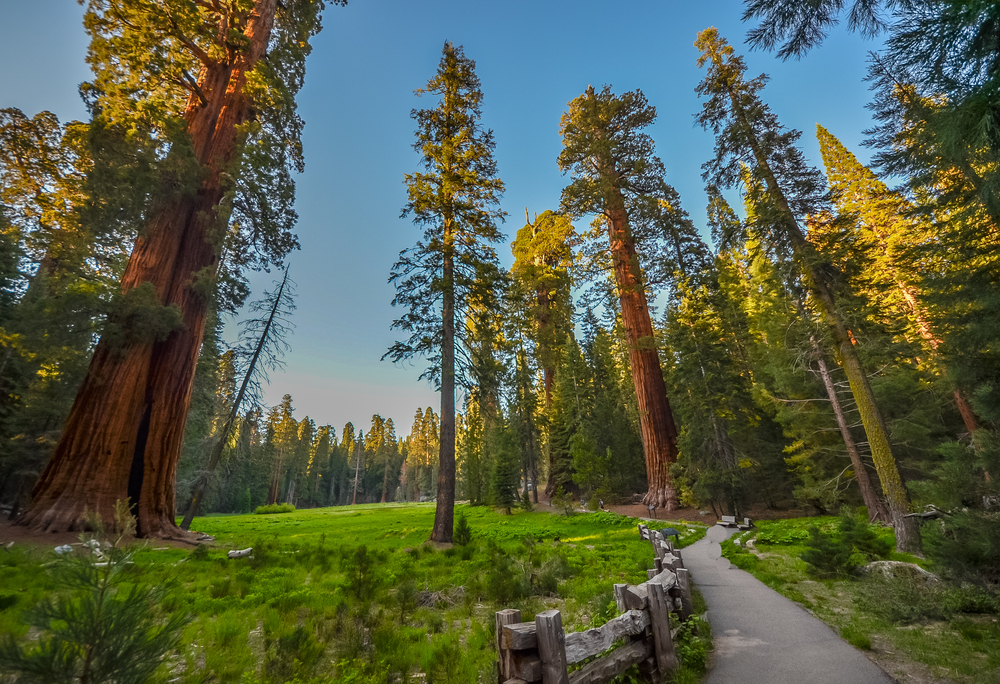

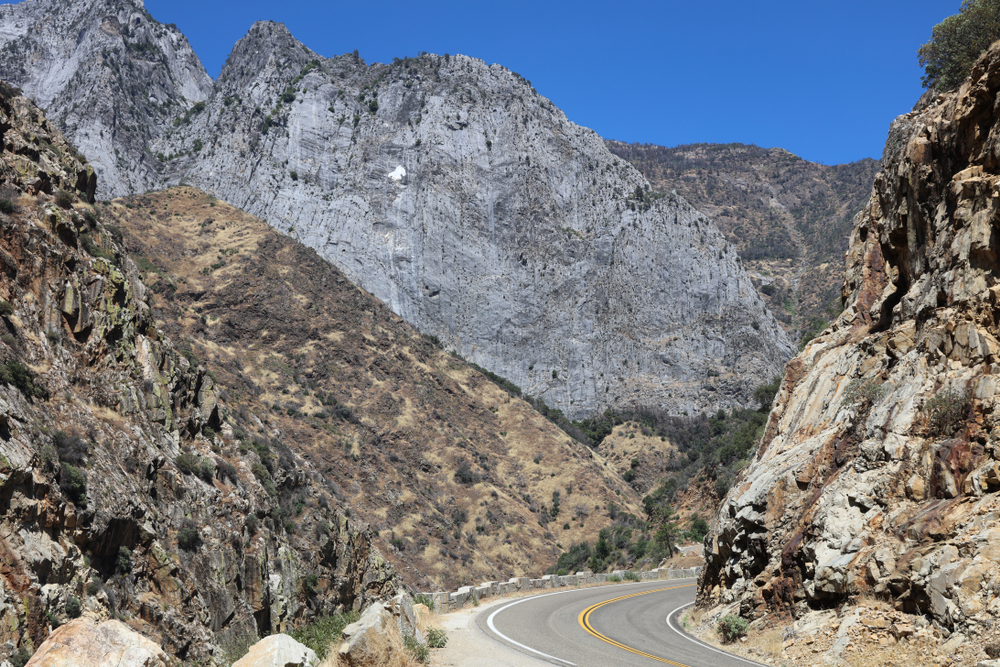

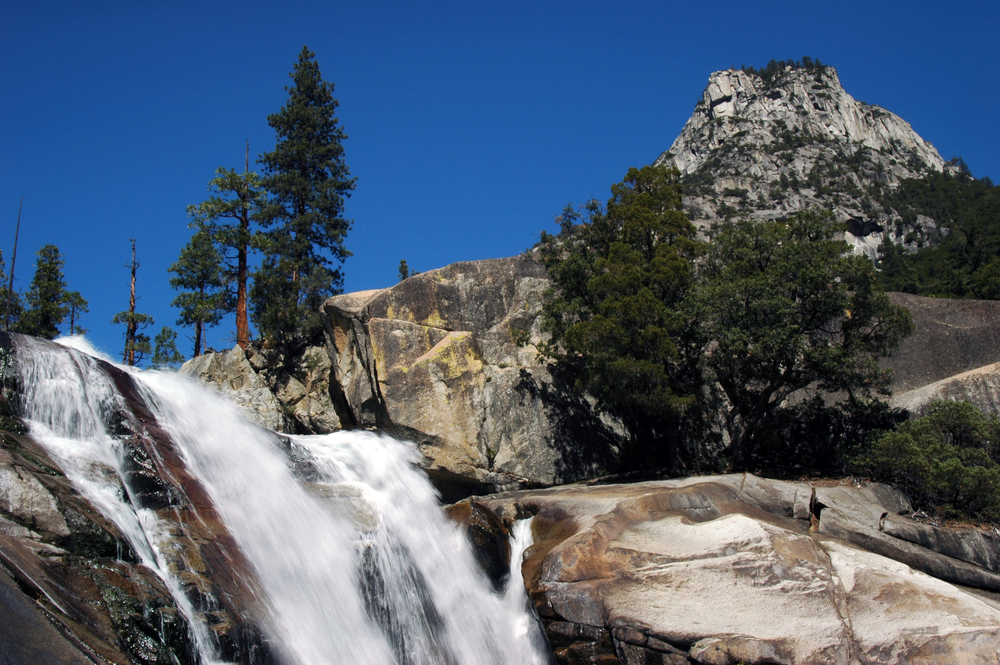


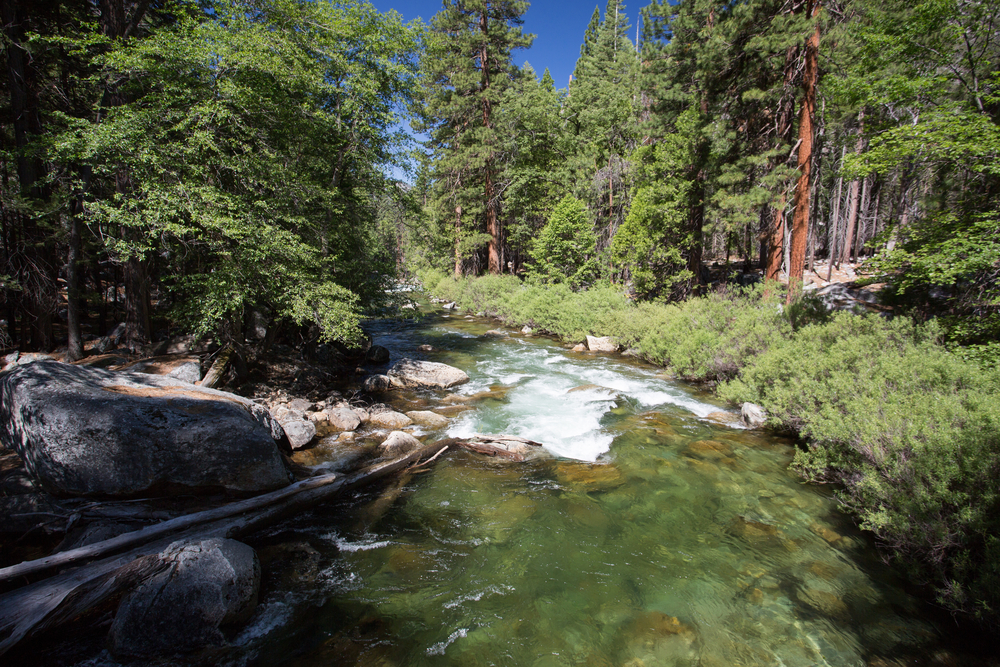
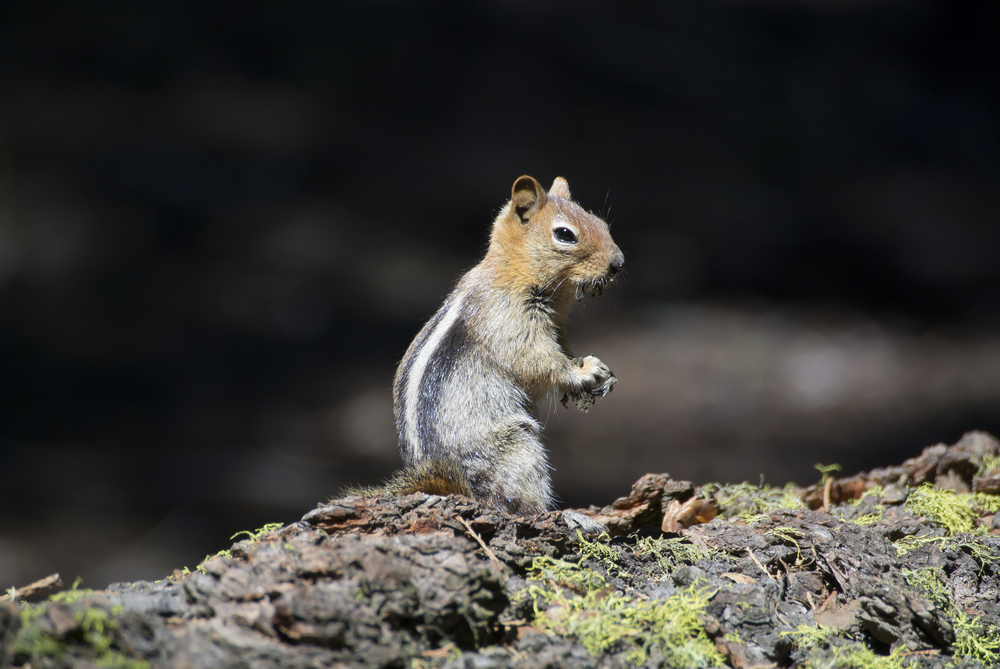
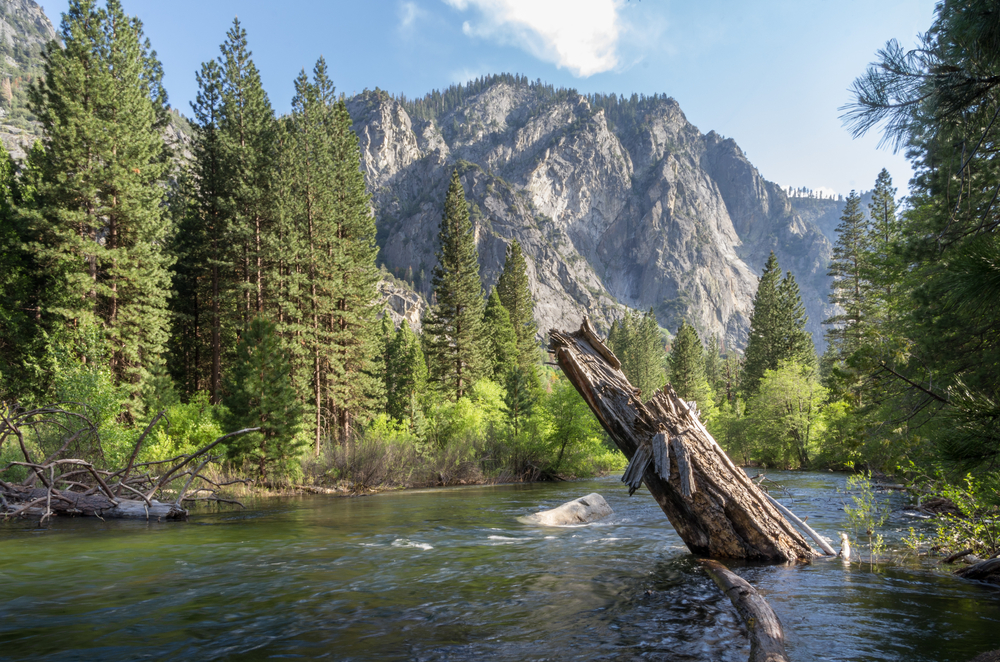

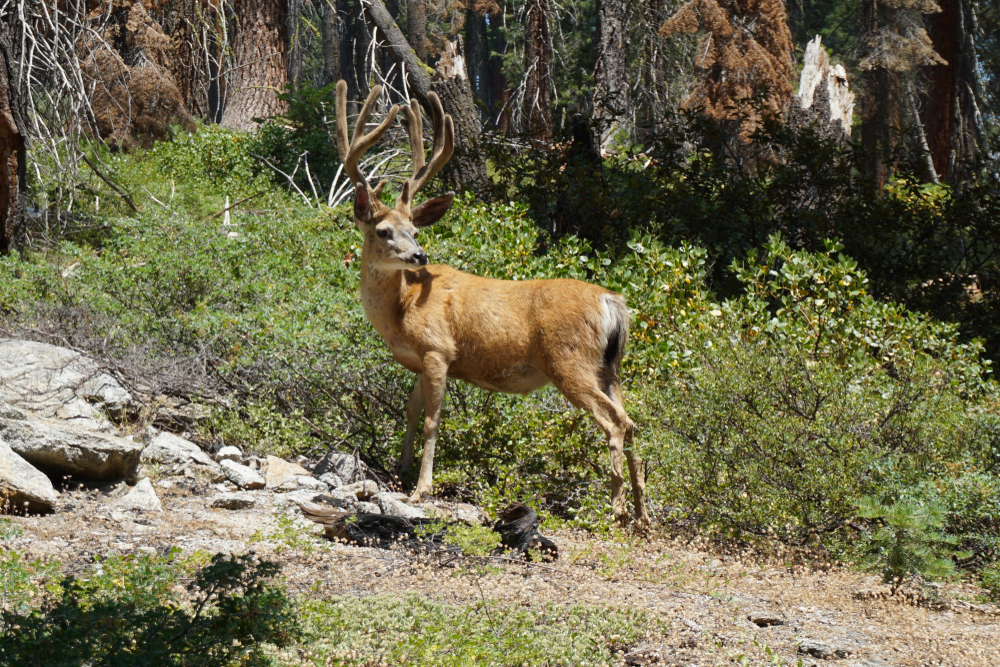
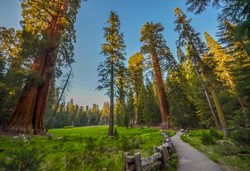 Grant Grove
Grant Grove